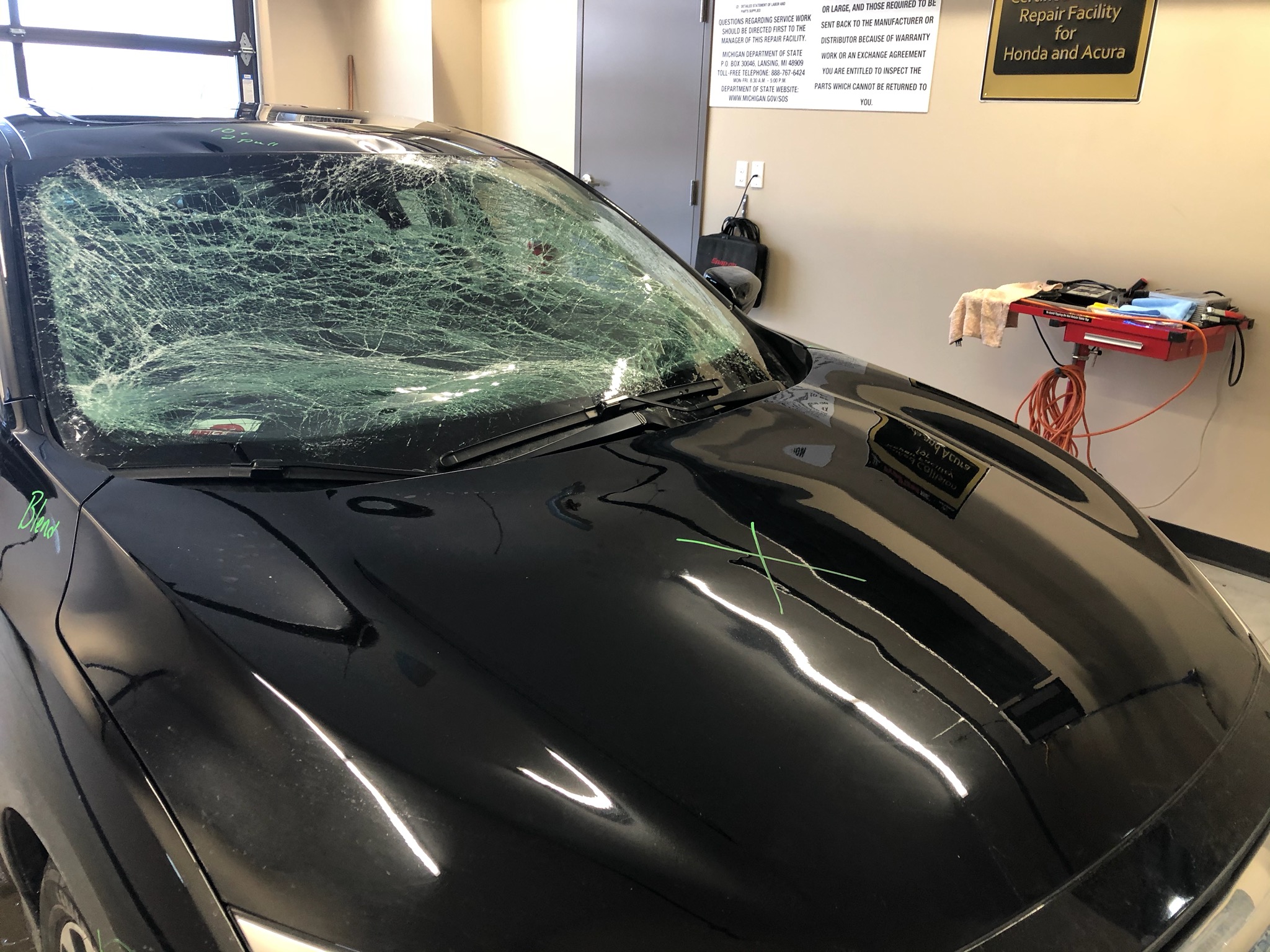Always Clear All the Snow and Ice off your Vehicle!

As you start your morning commute, you discover that a few inches of snow fell the night before. Not only that, but morning dew has coated it with ice, freezing it to your car’s surface. You’ve got to hit the highway or you’ll be late! In a pinch, you scrape off your windows for enough visibility, but ignore the roof and trunk, believing it will melt off on the way to work.
Unfortunately, the “melting” that occurs on the road creates a major hazard for you and other drivers, reducing visibility, sending projectiles behind and increasing your likelihood of getting into an accident. If you think that skipping this step in the short term will help you in the long run, think again!
Safety Hazards
Falling snow and sliding ice pose several roadway dangers together, such as:
- Snow and ice can fly off your roof or trunk, creating what’s known as an “ice projectile.” When this hazard hits another motorist behind you, it can temporarily decrease their visibility, damage their windshield or cause them to swerve. On an icy road, this may lead to an accident.
- When snow and ice start to melt, pieces may slide down your own windshield, blocking your visibility when you’re attempting to navigate slippery roads and unforeseen hazards ahead.
- When ice and snow slide off at a fast speed, other drivers have less time to react.
- Many drivers only scrape off part of their windows. Although time-saving, this shortcut decreases your field of vision. Snow and ice buildup can prevent you from seeing other drivers, increases your blind spot, reaction time and chances you’ll get into an accident.
Required by Law
According to Michigan automobile snow removal laws, specifically MCL 257.709 of the Michigan Vehicle Code, drivers may not operate their vehicles when there is an object that impairs the driver’s vision.
In addition, a driver may not operate a motor vehicle if rear-window visibility is obstructed, unless the vehicle has two side mirrors that are adjusted to provide a clear view of the road behind the vehicle.
In Michigan, tail lights, rear lamps and headlamps are supposed to be a certain brightness and should be seen from a certain distance. It is illegal for obstructions like snow and ice to interfere with these brightness requirements.
Please be safe and clear the snow and ice off your vehicle.
